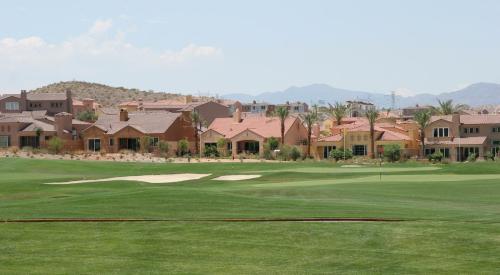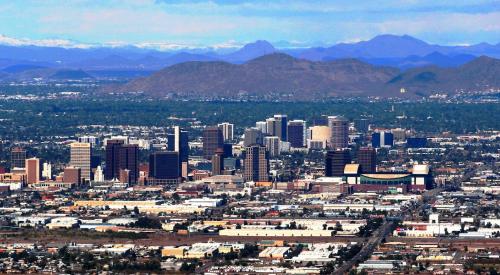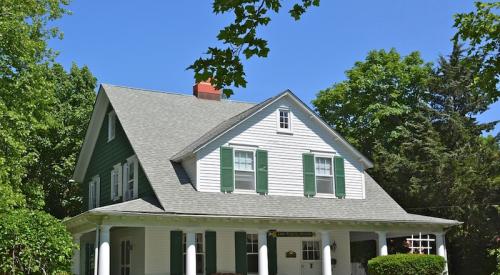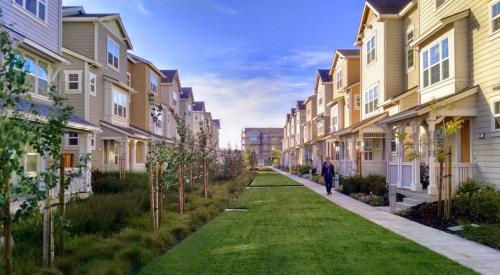Despite President Donald Trump's affinity for the sport, golf is less popular in the U.S. today than in decades gone by, especially with Millennials.
As a result, many country clubs and golf courses are closing down. This translates to hundreds of thousands of acres of land available for repurposing. While some former courses are being turned into mixed-use developments, an easier process as the land is already commercially zoned, others are being blocked from being rezoned into residential land. CityLab reports that this is due in part to "old-fashioned NIMBYism." Affluent residents near the courses often opt for turning the land into permanent parks or nature preserves, rather than infill housing redevelopment.
Golf is dying, many experts say. According to one study by the golf industry group Pellucid Corp., the number of regular golfers fell from 30 to 20.9 million between 2002 and 2016. Ratings are down, equipment sales are lagging, and the number of rounds played annually has fallen. Part of the bust can be blamed on the fallen fortunes of a single person: Tiger Woods. Golf boomed in the 1990s and early 2000s as the charismatic superstar raked in titles. Then, beginning in 2009, it faced a one-two punch of recession and bad press when its star golfer’s chronic infidelity came to light.













